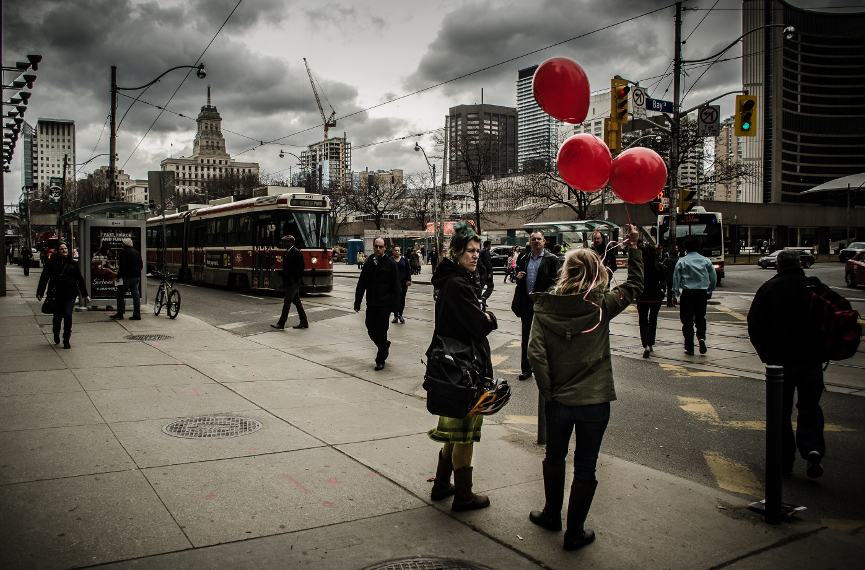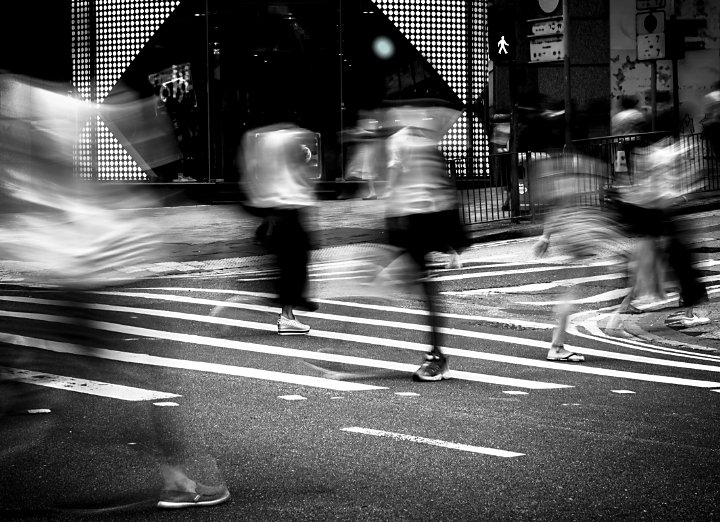All About Framing Streets
Wiki Article
Framing Streets Things To Know Before You Buy
Table of ContentsRumored Buzz on Framing StreetsSee This Report about Framing StreetsFraming Streets Can Be Fun For EveryoneMore About Framing StreetsGet This Report on Framing StreetsThe Best Guide To Framing Streets
, normally with the goal of capturing images at a crucial or touching minute by careful framing and timing. https://www.flickr.com/people/199855997@N03/.
His boots and legs were well defined, however he is without body or head, because these were in motion." Charles Ngre, waterseller Charles Ngre. https://www.domestika.org/en/framingstreets1 was the first digital photographer to obtain the technical elegance needed to register individuals in motion on the road in Paris in 1851. Professional Photographer John Thomson, a Scotsman dealing with journalist and social lobbyist Adolphe Smith, released Street Life in London in twelve monthly installments beginning in February 1877
Framing Streets for Beginners
Eugene Atget is related to as a progenitor, not because he was the first of his kind, but as an outcome of the popularisation in the late 1920s of his document of Parisian roads by Berenice Abbott, that was inspired to undertake a similar documentation of New York City. [] As the city created, Atget assisted to promote Parisian streets as a worthwhile topic for photography.
Some Ideas on Framing Streets You Need To Know
Martin is the very first recorded photographer to do so in London with a masked camera. Mass-Observation was a social study organisation established in 1937 which intended to tape-record day-to-day life in Britain and to tape-record the responses of the 'man-in-the-street' to King Edward VIII's abdication in 1936 to wed separation Wallis Simpson, and the succession of George VI. The principal Mass-Observationists were anthropologist Tom Harrisson in Bolton and poet Charles Madge in London, and their initial report was produced as the book "May the Twelfth: Mass-Observation Day-Surveys 1937 by over 2 hundred viewers" [] Window cleaner at Kottbusser Tor, Berlin, by Elsa Thiemann c. 1946 The post-war French Humanist Institution professional photographers found their subjects on the street or in the bistro. In between 1946 and 1957 Le Groupe des XV each year showed job of this kind. Andre Kertesz. Circus, Budapest, 19 May 1920 Street photography formed the significant material of two events at the Gallery of Modern Art (Mo, MA) in New york city curated by Edward Steichen, 5 French Professional Photographers: Brassai; Cartier-Bresson, Doisneau, Ronis, Izis in 1951 to 1952, and Post-war European Photography in 1953, which exported the idea of street digital photography worldwide.
Framing Streets for Dummies
The recording equipment was 'a surprise video camera', a 35 mm why not find out more Contax concealed under his coat, that was 'strapped to the upper body and linked to a lengthy cord strung down the right sleeve'. His work had little contemporary effect as due to Evans' level of sensitivities concerning the originality of his job and the personal privacy of his topics, it was not published up until 1966, in the book Lots of Are Called, with an introduction created by James Agee in 1940.Helen Levitt, after that a teacher of children, connected with Evans in 193839. She recorded the transitory chalk illustrations - Street photography hashtags that were component of kids's road culture in New york city at the time, along with the children that made them. In July 1939, Mo, MA's brand-new digital photography section included Levitt's operate in its inaugural exhibitionRobert Frank's 1958 book,, was significant; raw and often indistinct, Frank's photos examined mainstream digital photography of the time, "tested all the official regulations put down by Henri Cartier-Bresson and Pedestrian Evans" and "flew in the face of the wholesome pictorialism and genuine photojournalism of American magazines like LIFE and Time".
Report this wiki page